Denmark's journey in space exploration has been marked by significant milestones, notably the Ørsted satellite mission in 1999 and the contributions of astronaut Andreas Mogensen. Mogensen's missions to the International Space Station (ISS) in 2015 and 2023 have showcased Danish precedence in space research and technology. Building on this legacy, the Danish Strategy for Space Research and Innovation 2025–2035 (Danish version) aims to further Denmark's role in the global space sector.
The strategy emphasizes the transformative potential of space technologies and data to address critical societal challenges, including climate change, biodiversity loss, and national security. A central focus of the strategy is the use of space technology to accelerate Denmark's green transition, utilizing satellite data and weather monitoring to drive the development of sustainable solutions. Additionally, it highlights Denmark’s strengths in research, innovation, and technology development, aiming to expand its capabilities in key areas such as satellite technologies, quantum communication, and AI-driven data analysis.
By fostering a dynamic ecosystem that bridges academia, industry, and government, the strategy seeks to accelerate scientific discoveries, promote commercial innovation, and support the green transition. Central to this vision is Denmark’s commitment to international collaboration, particularly within the EU and ESA, ensuring access to cutting-edge programs and global partnerships that enhance Denmark’s competitiveness and influence on the global stage. The strategy includes 9 initiatives focusing on capacity building, participation in international programs, and commercialization efforts.
5 key takeaways from the strategy
Download 5 key takeaways as a pdf or read them below
Strengthening National Research and Innovation Environments
Denmark is committed to enhancing its research and innovation capabilities in the space sector by attracting and developing talent, as well as investing in advanced technologies such as quantum communication, satellite systems, and artificial intelligence. This initiative aims to position Danish research institutions and businesses as global leaders in developing space technologies, creating new opportunities for interdisciplinary applications across fields like climate monitoring, digitalization, and robotics.
Promoting National Space Missions
A key component of the strategy is the introduction and financing of up to four Danish-led space missions by 2035. These missions, starting with the Máni Mission, will not only advance Denmark's technical and scientific capabilities but also address critical challenges such as improving climate modelling and supporting global space exploration efforts. These missions are designed to strengthen Denmark’s reputation as a significant player in space innovation
Enhancing International Collaboration
Denmark will deepen its participation in global space initiatives by strengthening ties with key partners like NASA and ESA, as well as expanding its involvement in EU programs such as Galileo, Copernicus, and Horizon Europe. This collaborative approach ensures access to cutting-edge space infrastructure and funding while amplifying Denmark’s influence in shaping the global space agenda.
Commercializing Space Research
Recognizing the growing potential of the "New Space Economy", the strategy prioritises translating scientific discoveries and technological innovations into commercial applications. This focus aims to position Danish companies at the forefront of global space markets, fostering growth in areas such as advanced materials, satellite data services, and sustainable technologies.
Protecting Danish Space Research and Technology
The strategy emphasizes the importance of securing Danish research and space technology while fostering strong international partnerships. Denmark’s leading role in advanced space research makes it an attractive and trusted collaborator globally. The Danish government will continue efforts to strengthen protections against espionage and unwanted technology transfers while maintaining a dynamic and internationally connected research environment. This includes adhering to international guidelines and best practices, ensuring secure collaboration with trusted partners, and protecting intellectual property.
